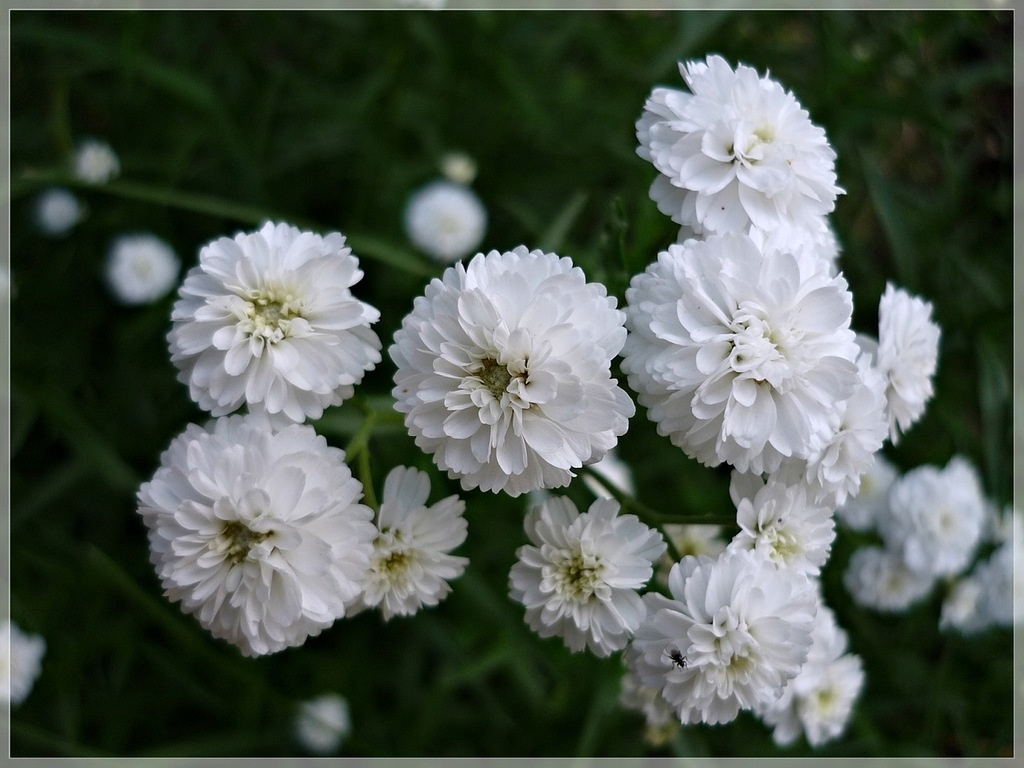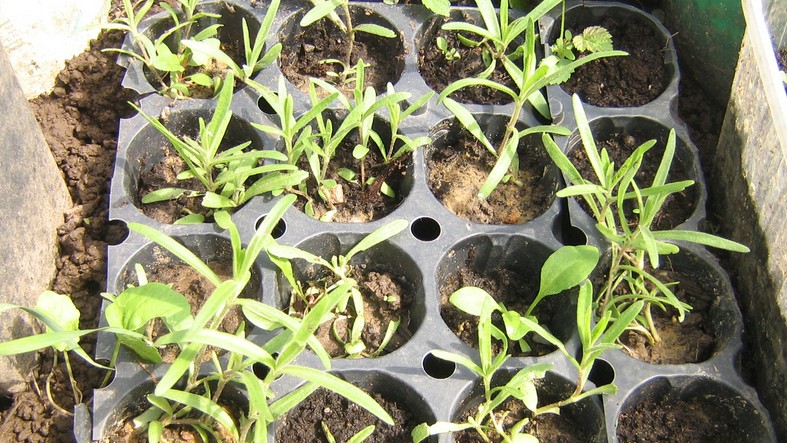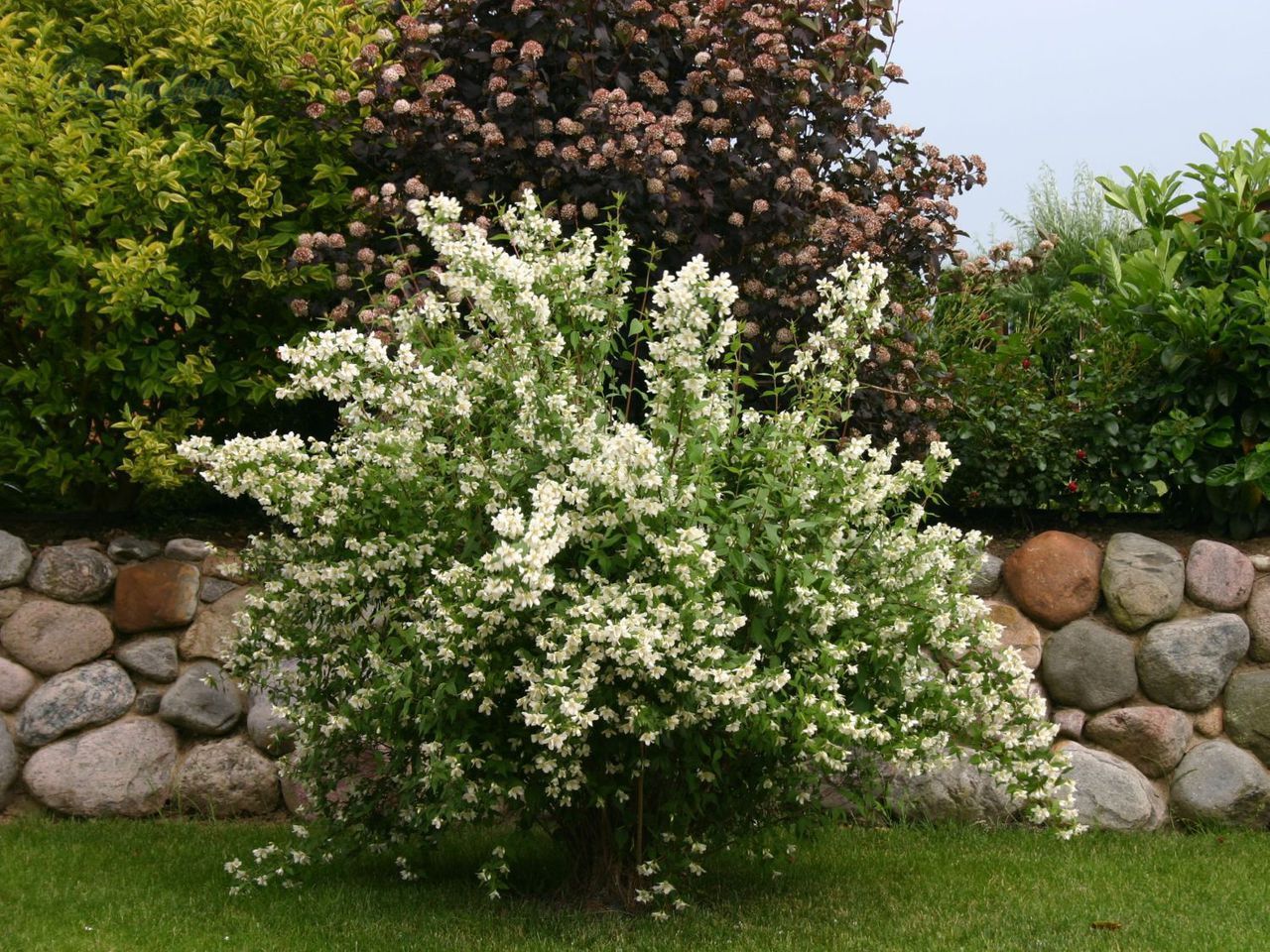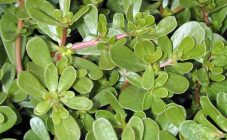Content:
Gypsophila, or gypsum, tumbleweed, kachim is a flowering plant belonging to the Clove family. It is surprising that most of the plant varieties grow on limestones and in translation into Russian culture is called “lime-loving”. The flowers of the gypsum lover today have more than 100 varieties: shrubs, perennial and annual herbaceous plants. In the wild, they grow in Eurasia, New Zealand and Northeast Africa. Domestic growers grow both annual and perennial tumbleweeds. What should be the care and cultivation of gypsophila, how to propagate it - the topic of today's article.
general information
Perennial gypsophila is a semi-shrub herb that consists of many miniature inflorescences of white and pink-purple color. Flowers can be formed simple and double, it all depends on the variety. The height of plants can reach from 15 to 120 cm, and this must be taken into account when choosing a variety.
Gypsophila perennial: planting and care in the open field
How to grow gypsophila? This question worries many flower growers who first learned about this plant. A perennial plant is unpretentious, its grooming requirements are quite simple. Planting and growing tumbleweeds is not at all difficult, but the lush bloom will delight the eye every year throughout the summer.
Features of landing and preparation for it
An important stage in planting a plant is the right place and soil preparation. Kachim prefers light earth and does not tolerate clay. The most favorable soil for growth is calcareous or any neutral soil. The soil should be drained and loose. The plant is light-loving, so the growing area should be sunny.
Planting algorithm:
- Before sowing a plant, it is worth preparing the site and moisturizing the soil abundantly.
- Further, the seed is evenly distributed over the beds, after which it is carefully covered with a small layer of earth. The interval between seeds should be no more than 10 cm.
- After planting, the site should be covered with agrofibre or plastic wrap to create a greenhouse effect.
On the eve of winter, a seedling planting method is also possible. If the soil is infertile, then it is better to plant in separate containers. The planting material is sown under a shelter, and special organic and mineral fertilizers are introduced into the soil. As they grow, the sprouts are thinned out and an interval of approximately 15 cm is left between them. After the formation of several leaves, the plant can be planted in a flower garden outside.
Gypsophila care in the country
Taking care of fluffy perennial varieties of gypsophila is not difficult, due to the good resistance of the culture to harmful environmental conditions.For lush flowering, it is enough to regularly water and do not forget to apply organic and mineral fertilizers.
At consistently high temperatures, it is recommended to water the flower moderately. The plant is not drought-resistant and does not tolerate drying out of the soil. Young bushes are especially acutely deficient in moisture. But an excess of moisture also entails trouble. Stagnant water leads to the development of fungal diseases of the root system, as well as their rotting. To get rid of excess moisture, you will need to pay attention to building a good soil dehydrator, such as a drain, a drain pipe or a trench.
Gypsophila needs to be fertilized twice during the growing season. But, if the plant grows already on fertile soils and a sunny place, then you can do without additional fertilizing. An excess of nutrients has an extremely detrimental effect on the plant.
In preparation for the upcoming winter cold, the near-stem soil must be mulched using rotted humus or peat. In addition, if the plant is still very young, then during the cold weather it should be taken care of additionally. Cover with dry leaves or spruce branches (preferred).
How to transplant a perennial gypsophila
Gypsophila transplantation is required, because over time, creeping shoots form dense bushes, which makes the plant look unkempt.
If not transplanted, it can destroy nearby growing weak plants. Therefore, it is extremely important to timely limit the place of tumbleweeds in the flower bed.
For the first time, you need to transplant a culture 2 years after planting. Young bushes tolerate this process painlessly, unlike adult bushes. In addition to transplantation, a mandatory agrotechnical procedure is pruning.
Reproduction of gypsophila
How does gypsophila multiply? There are several ways:
- Seeds. It is recommended to sow different varieties in April-May. With the onset of autumn, it is recommended to plant the sprouts in a permanent place in open soil. Planting perennials allows you to contemplate a charming flowering picture for about 25 years without replanting. Soon after the onset of spring, annual and perennial varieties are planted. For active growth and lush flowering, the soil must be fertile.
- Grafting and cuttings. Such methods are used exclusively for terry varieties. Ideal cuttings are young shoots that ripen in May or June. Plants take root poorly, so non-compliance with the reproduction algorithm can lead to the loss of culture.
Gypsophila is grown not only for decorating backyard territories, it is in demand for decorating flower arrangements, since it retains its decorative features even when dried. The paniculate plaster lover looks spectacular in single plantings. But the grower must take into account that for its flowering, a long daylight hours are needed - at least 13-14 hours. Otherwise, the plant is picky and even a beginner can grow it.














